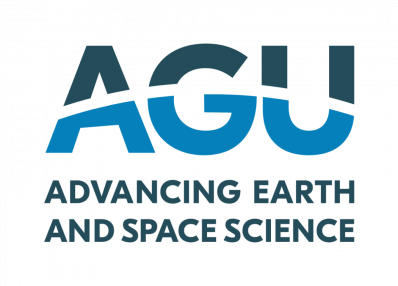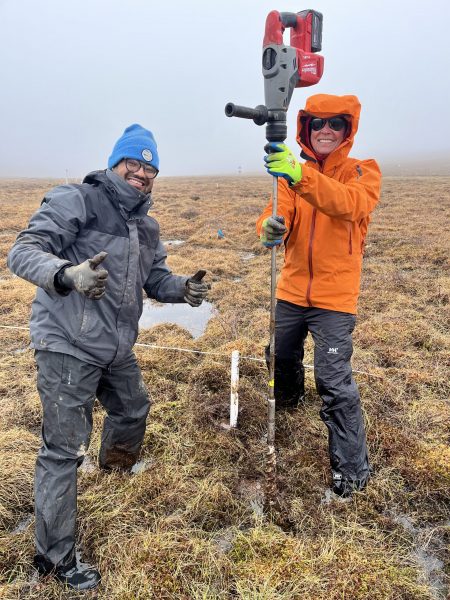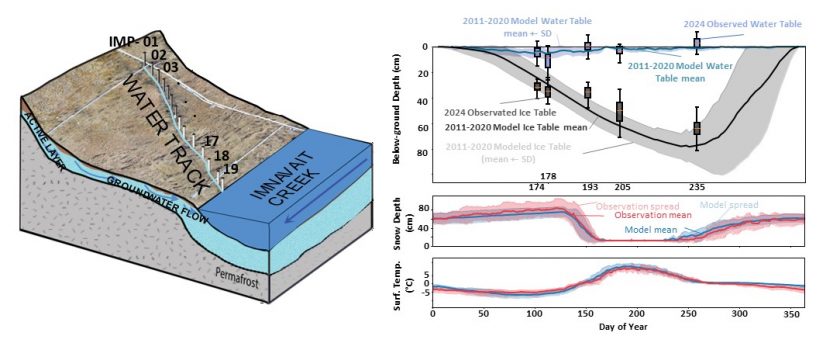Doctoral Student Wins AGU Outstanding Presentation Award
April 22, 2025
 Doctoral student Neelarun Mukherjee is a recipient of a 2024 Outstanding Student Presentation Award from the American Geophysical Union (AGU).
Doctoral student Neelarun Mukherjee is a recipient of a 2024 Outstanding Student Presentation Award from the American Geophysical Union (AGU).
The award honors excellent student research presentations from the 2024 AGU Fall Meeting, with winners being announced by AGU in spring 2025. The winners are selected based on research quality and a student’s ability to effectively communicate their research.
Mukherjee is working with Professor Bayani Cardenas to study groundwater flow and carbon transport in Arctic permafrost.
Learn more about his research below.
NEEL MUKHERJEE | 2024 OSPA WINNER

Presentation: Impacts of climate conditions on groundwater flow and reactive solute transport in supra-permafrost aquifers
Neel Mukherjee is conducting research on the interactions between hydrological and biogeochemical processes governing carbon mobilization, transport and transformation in Arctic permafrost watersheds, with the ultimate goal of determining the fate of carbon stored in aquifers located on top of permafrost layers.
Groundwater flow and storage in aquifers on top of permafrost are very sensitive to climate conditions. These aquifers exhibit high concentrations of dissolved organic carbon due to rapid leaching from peat, the main material storing water in these aquifers.
Mukherjee is using models to develop mechanistic understanding of permafrost watersheds. He is currently developing the first process-based model that explicitly integrates hydrological variability, subsurface transport, and biogeochemical transformations in permafrost watersheds. This will build on a numerical model that has been validated with direct field data.
“Being recognized by AGU for my presentation is truly an honor,” Mukherjee said. “It feels validating to have this work acknowledged by the broader cryosphere community, and it motivates me to keep pushing forward.”

